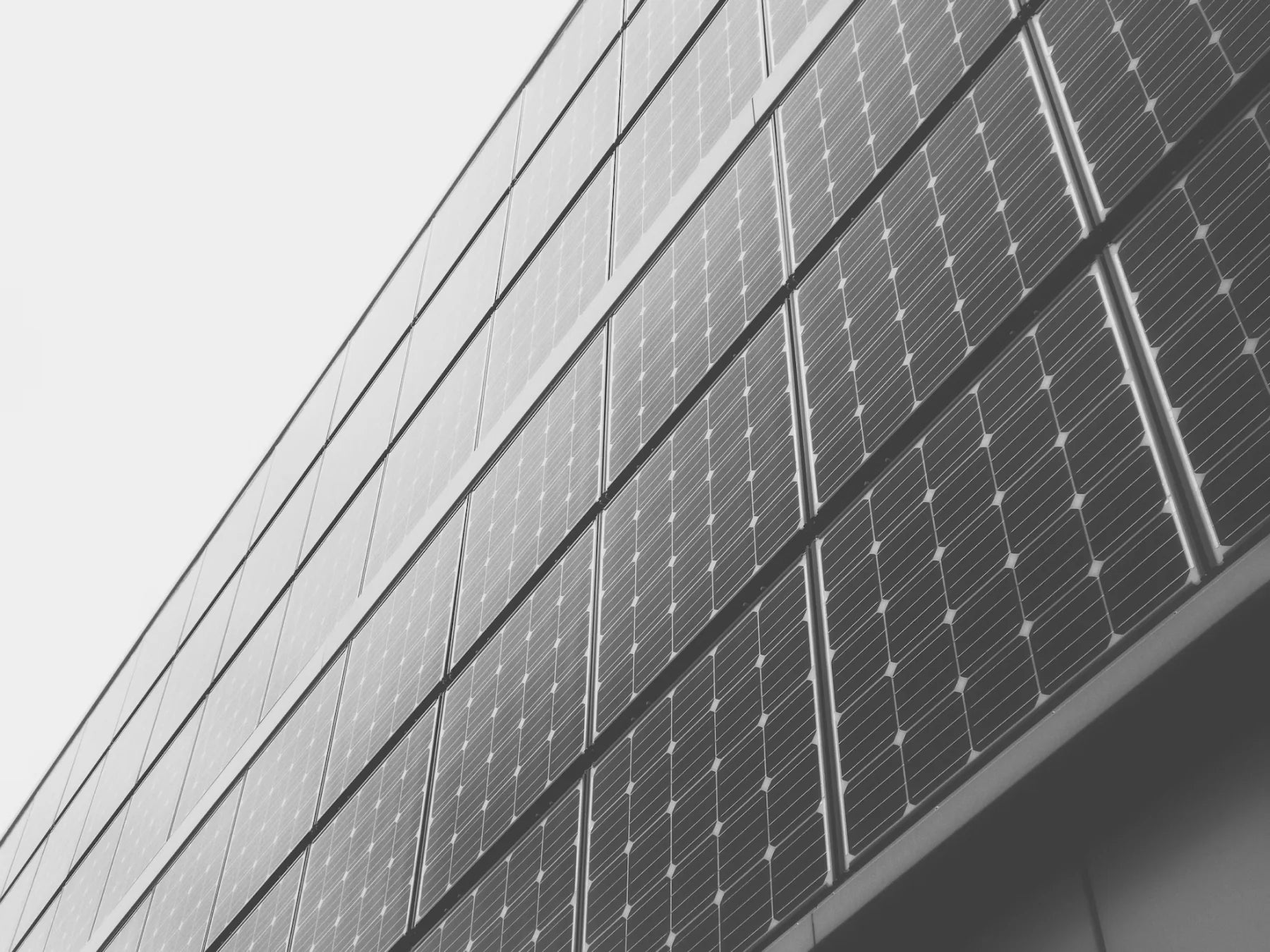
Image credit: Canadian Solar
You’re done with fluctuating energy bills; you’re ready to increase the value of your home and even come out net positive by selling unused energy back to the grid. All that's left is selecting the ideal solar panel setup.
Considering a switch to solar energy is a big decision, but one that pays off in long-term dividends if you’ve done the necessary research. These are the essential things to know before selecting a solar system setup.
1. Determine Your Budget
When considering a solar system for your home or business, it’s crucial to determine your budget first. However, price should not be the only factor you consider. While the most expensive solar panel may seem tempting, it may not necessarily be the best value. On the other hand, the cheapest option may not provide optimal performance in the long run.
It’s important to focus on finding a high-quality system that will be efficient and last. Most solar panels have a 30 years lifespan, so you’ll want to consider a system that will give an optimal energy return in the long run. To make the best decision, do your research and consider all factors, including government rebates and subsidies, and incentives offered by each state. By doing so, you can find the perfect solar panel for your needs without breaking the bank.
2. Consider Size
Before making a purchase, it's crucial to determine the size of the solar panel you need and what energy output is required to meet your household's needs. This can be determined by taking a few factors into consideration, such as the size of your roof, the amount of sunlight your location typically receives, and how much energy your household consumes on a daily basis.
Deciding on the size of a solar panel can be daunting, especially if you are new to the world of alternative energy. Fortunately, US Solar Supplier is here to help! With years of experience in the industry, their team of experts can help you navigate the often confusing landscape of solar panel options and determine the best fit for your needs.
3. Look for Durability
When it comes to solar panels, durability is everything. A high-quality solar panel that can withstand harsh weather and impacts from falling objects is crucial for ensuring you won't need to replace it within the typical 30 to 35-year lifespan.
But how can you assess the durability of different solar panel options? Consider the materials and design used in the panels. Solar panels are categorized into three types; monocrystalline, polycrystalline, and thin film.
Each has its pros and cons. For example, polycrystalline panels are constructed from multiple pure silicon crystals that are melted together, making them durable and long-lasting, but they are also 15-23% less efficient than monocrystalline panels, which are also a durable option but far more expensive.
4. Look for a Solid Warranty
A solid 25-year warranty can be a good indication of the company's confidence in its product. This type of warranty gives you peace of mind and ensures the company stands by its panels.
However, regular maintenance and upkeep are key to truly getting the most out of your solar panels. Just like your car or home, your panels need attention to continue operating at their highest efficiency. So, if you're ready to switch to solar, choose a reputable manufacturer and commit to regular maintenance for the best results.
5. Select the Right Solar Panel Provider
Choosing a partner like US Solar will alleviate many of the tricky variables in selecting the right components to build out your solar array. Our team of experts is here to guide you in procuring, shipping, and partnering with the right installer or providing you with the knowledge to do it yourself.
Let US Solar Supplier guide you in creating the perfect solar system for your home or business. Contact our experts today for a quote.







